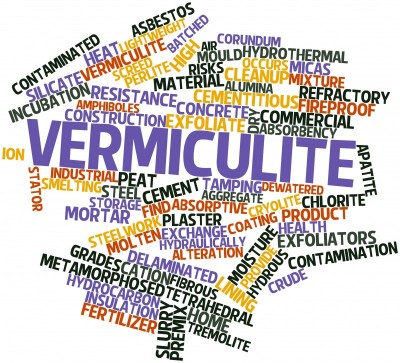
For as long as humankind has been living in sheltered dwellings, we’ve been finding ways to stay warm through insulation. Prehistoric tribes used much the same materials for their clothing as they did for temporary dwellings, usually wool, animal skins, fur and plant products like flax, straw and reed. As people began to settle in more permanent settlements with the development of agriculture, more durable materials were used in the construction of housing, in a pre-tool era that was usually dug out earth shelters or caves, and as building technologies developed the preferred mediums leaned more to stone, woods and sun-baked mud and clay. The ancient Romans and Greeks are reported to be the first implementers of cavity walls filled with a natural fibre insulation.












